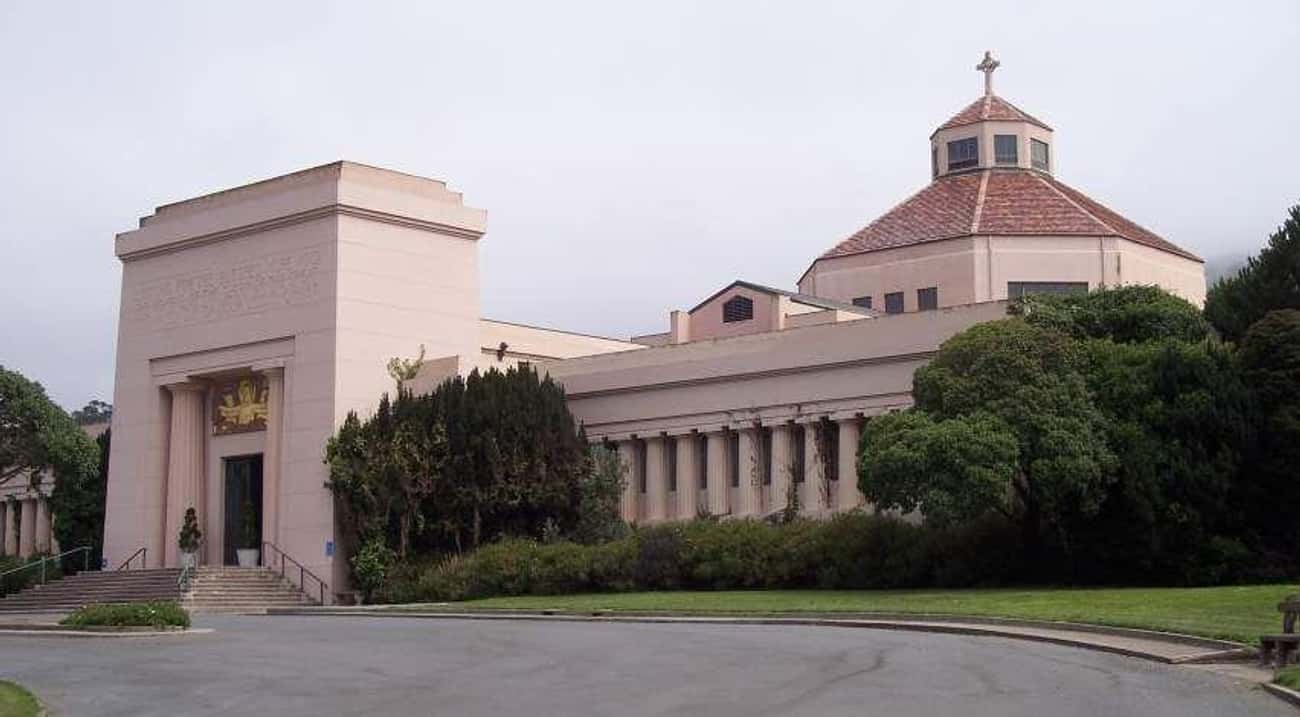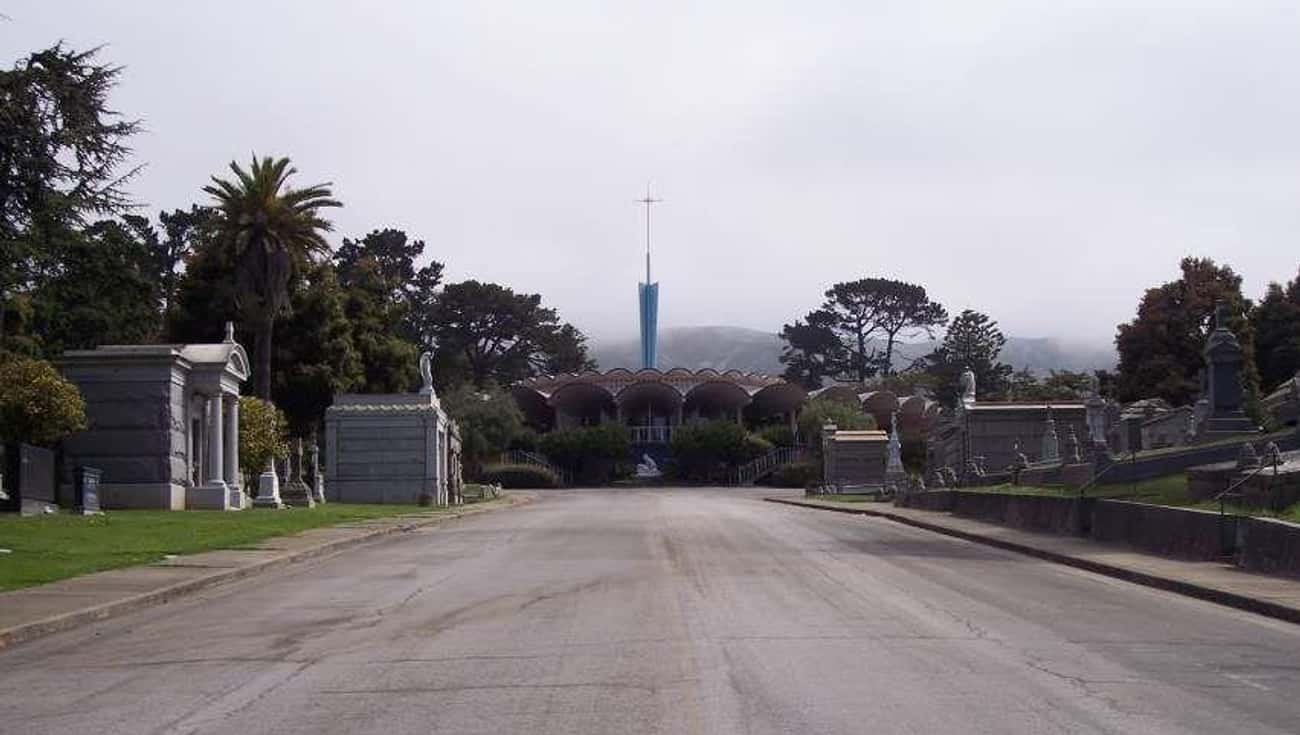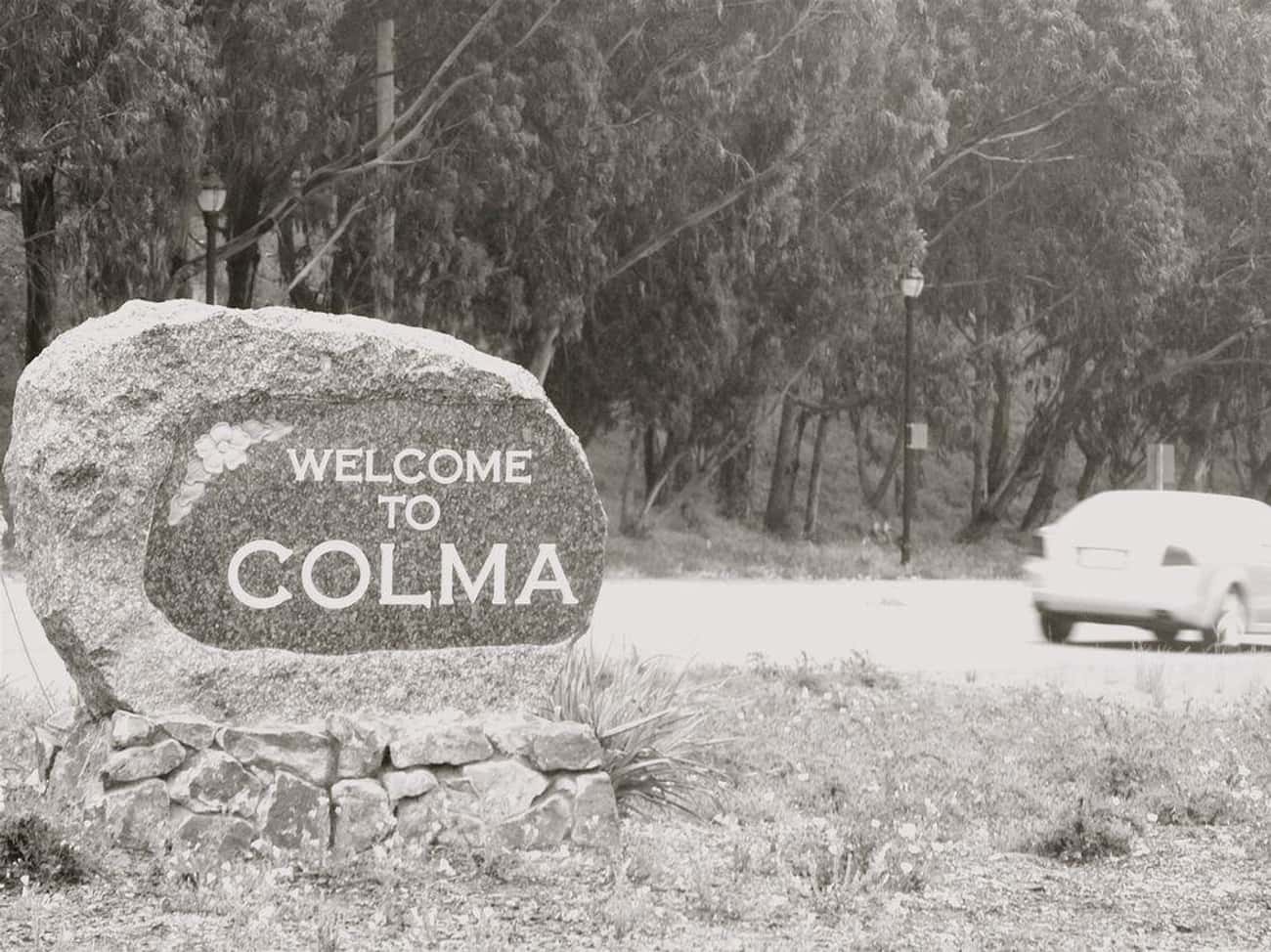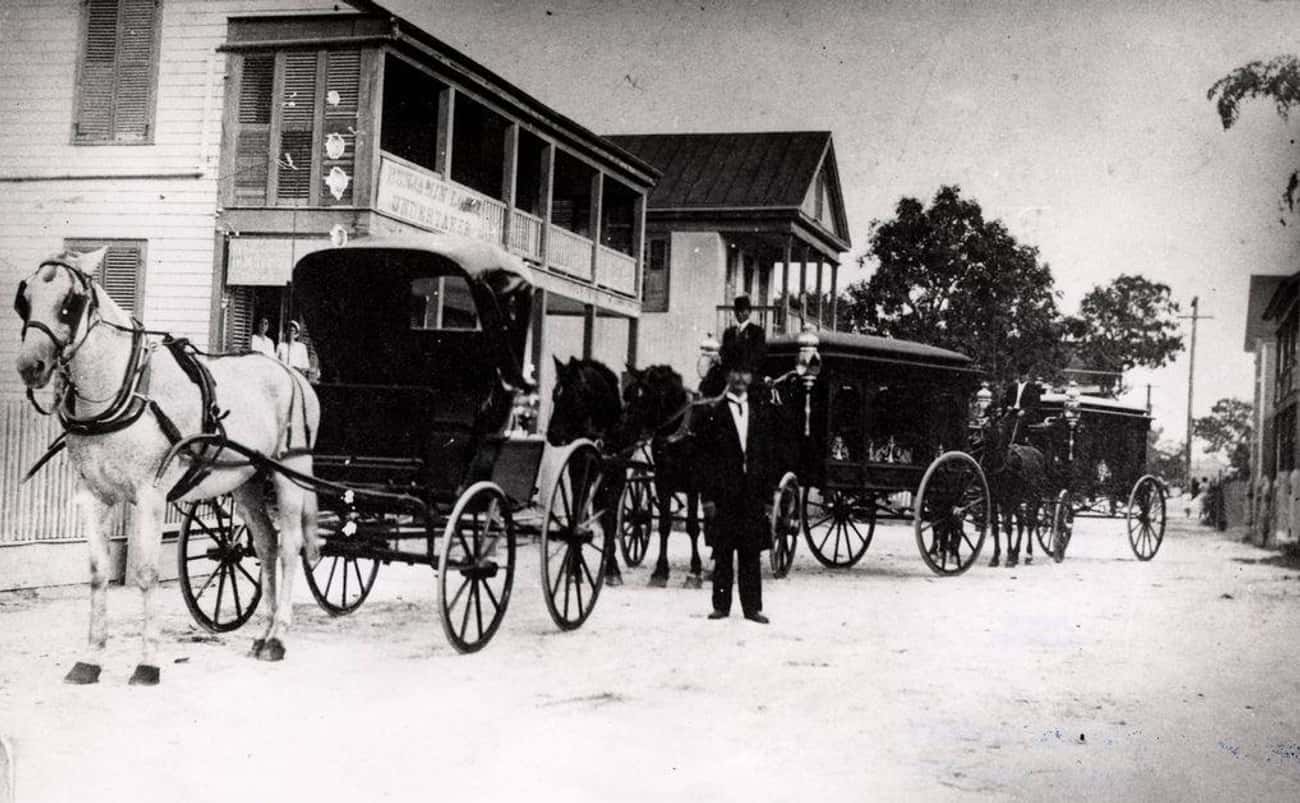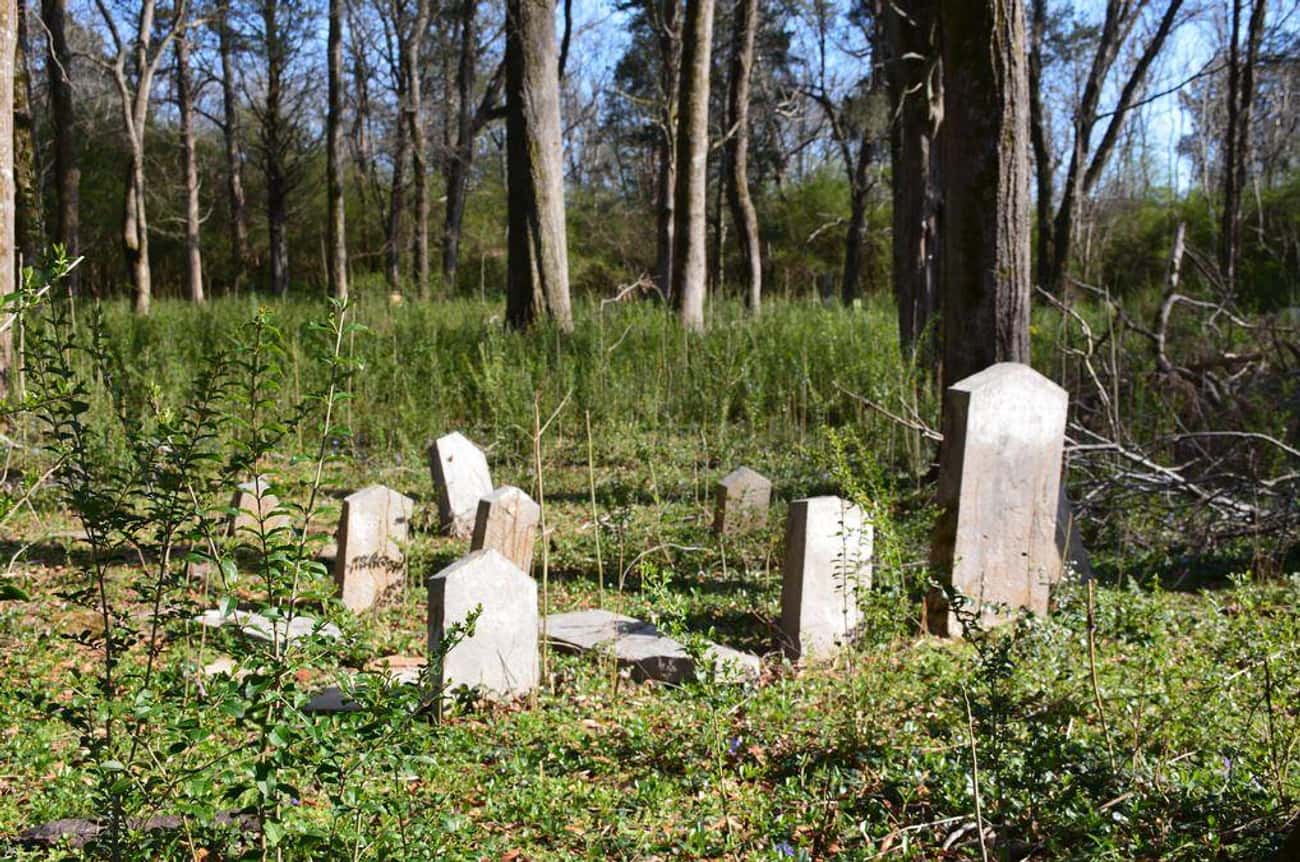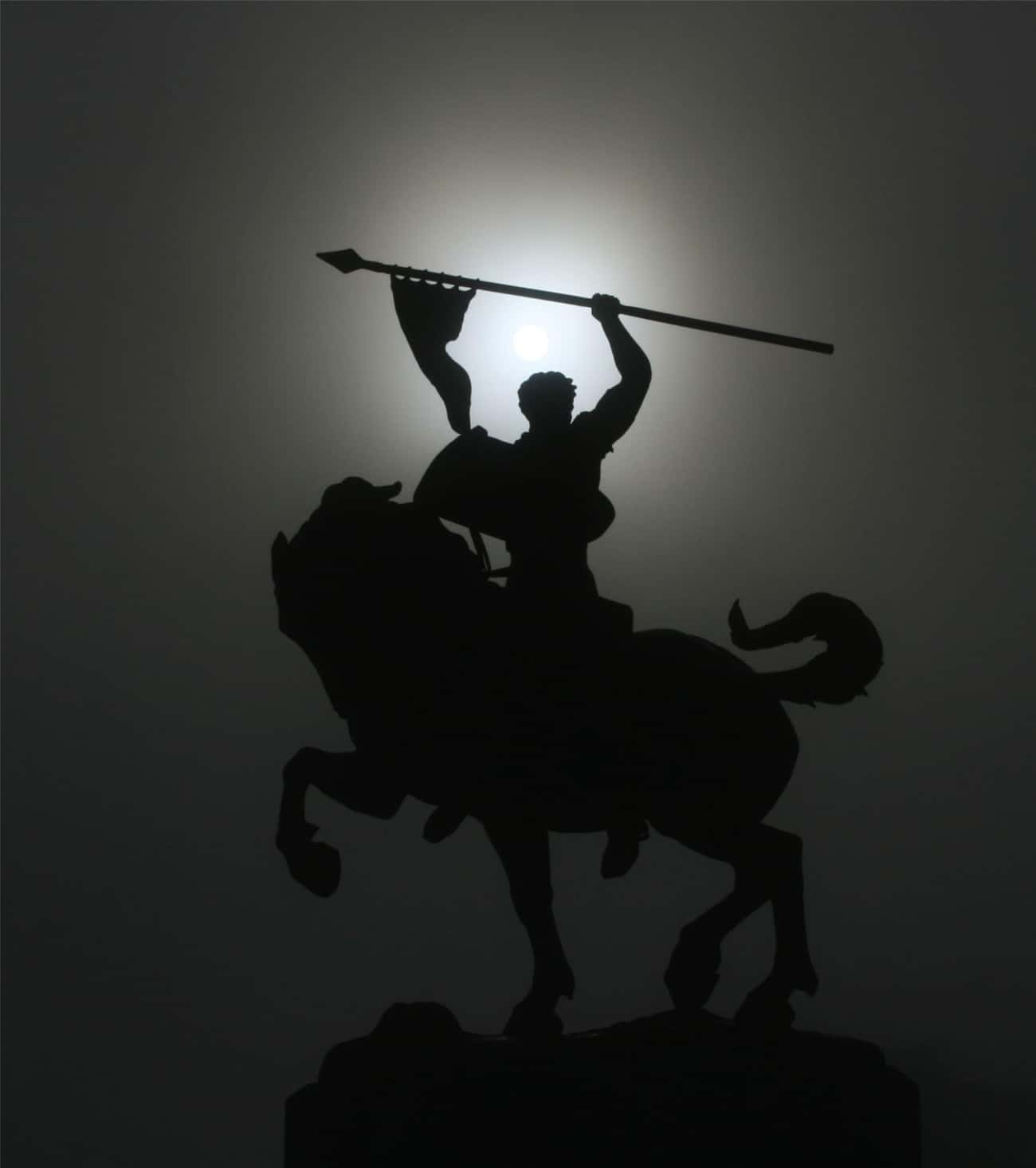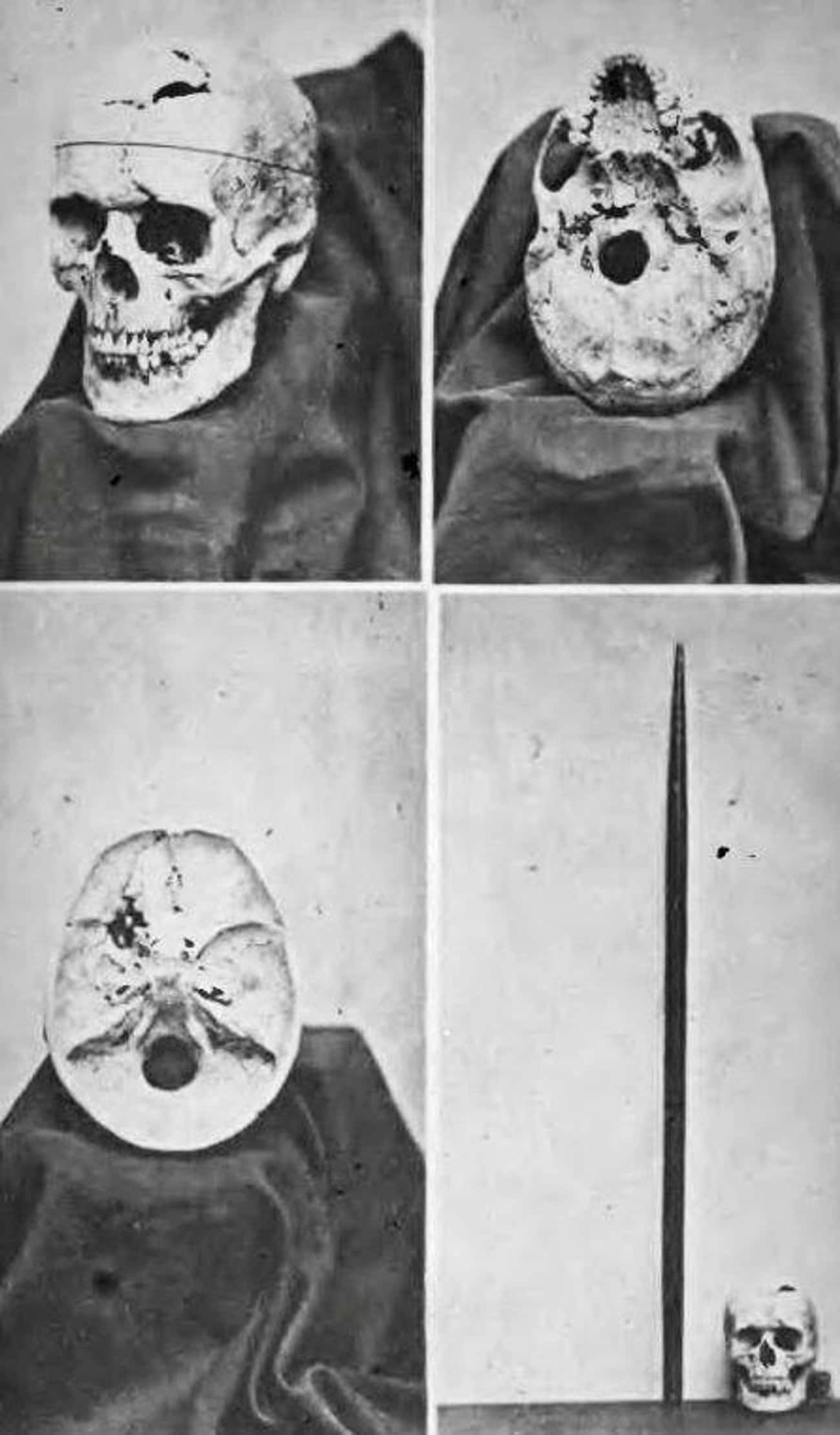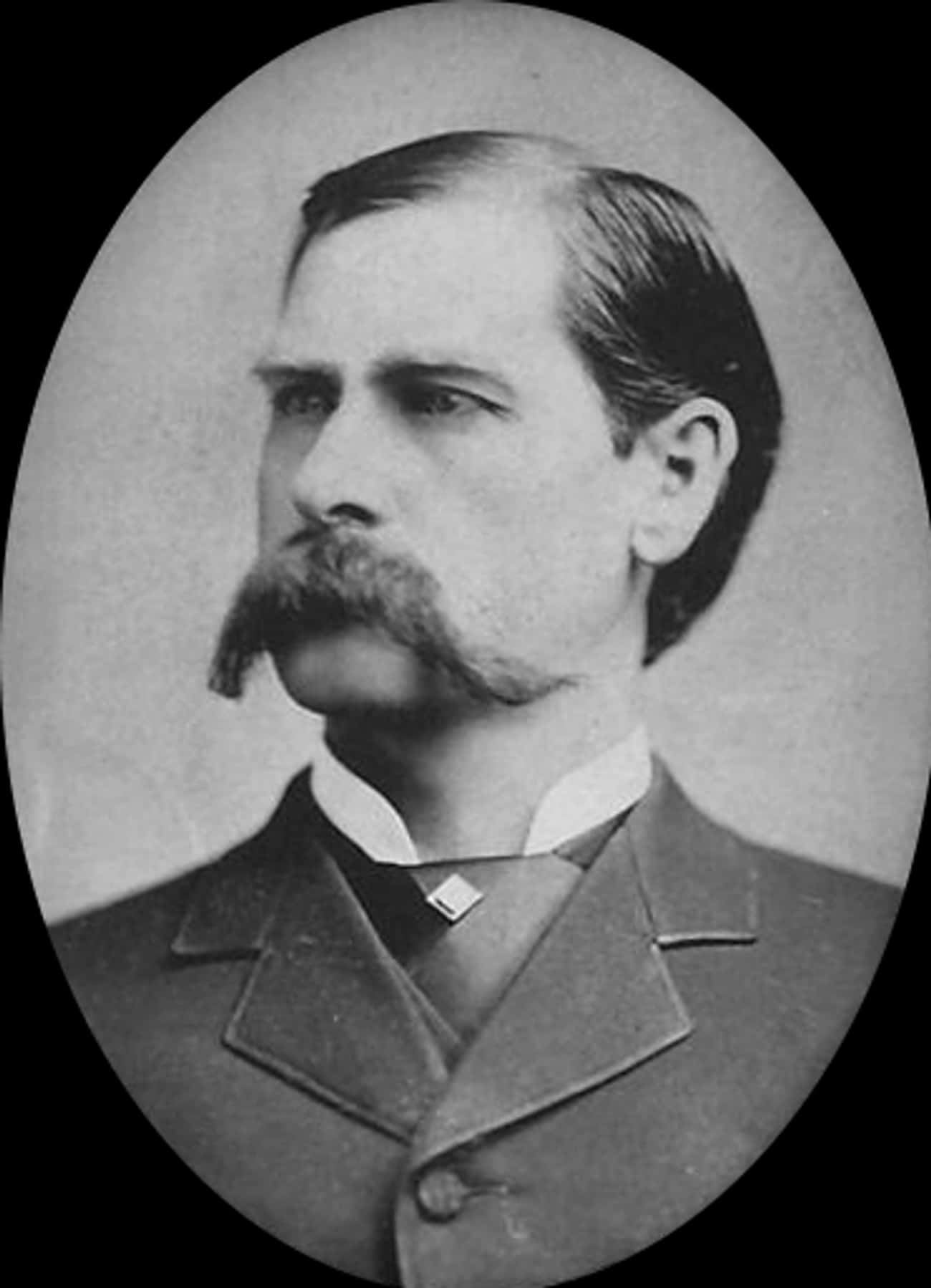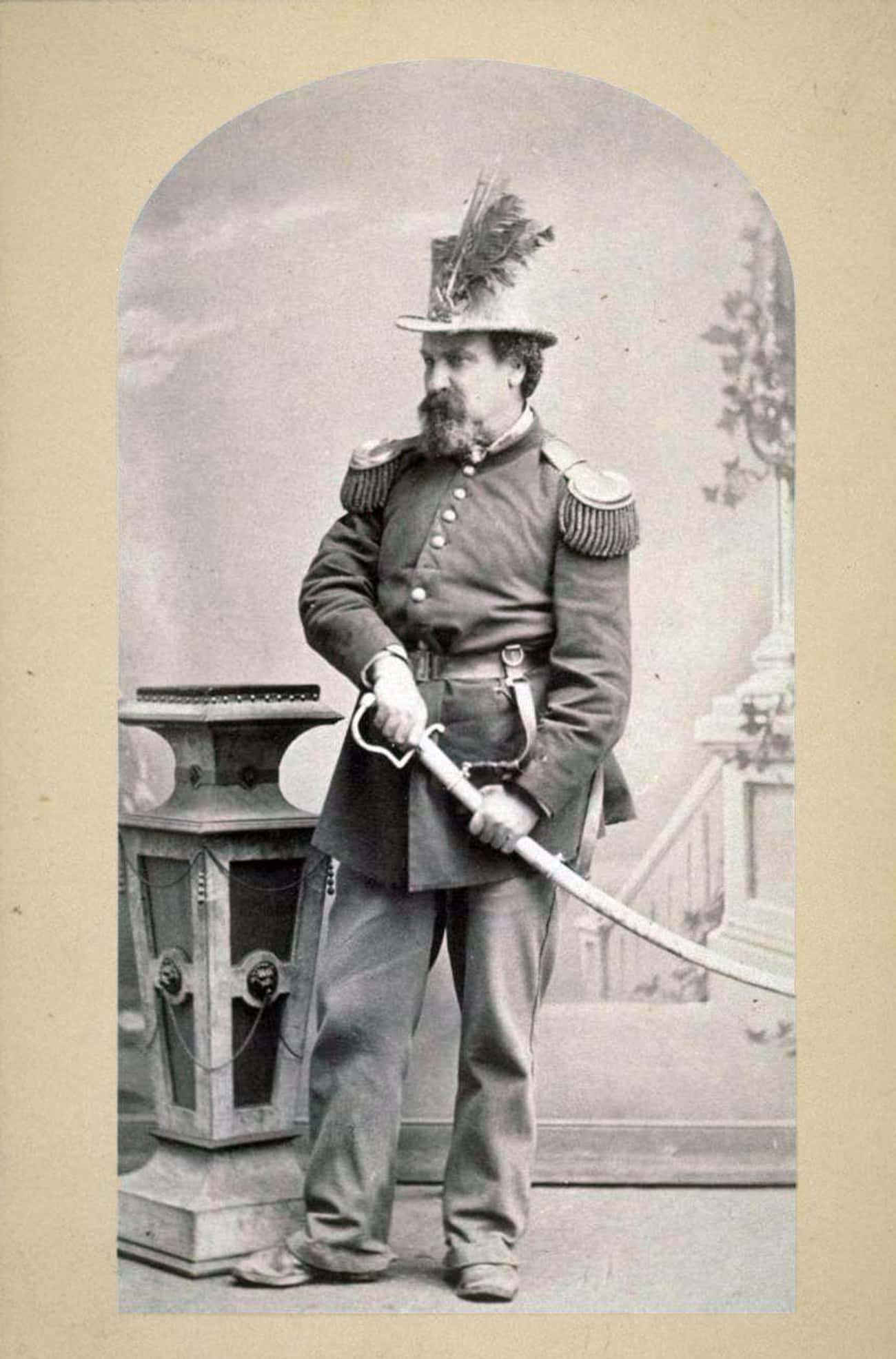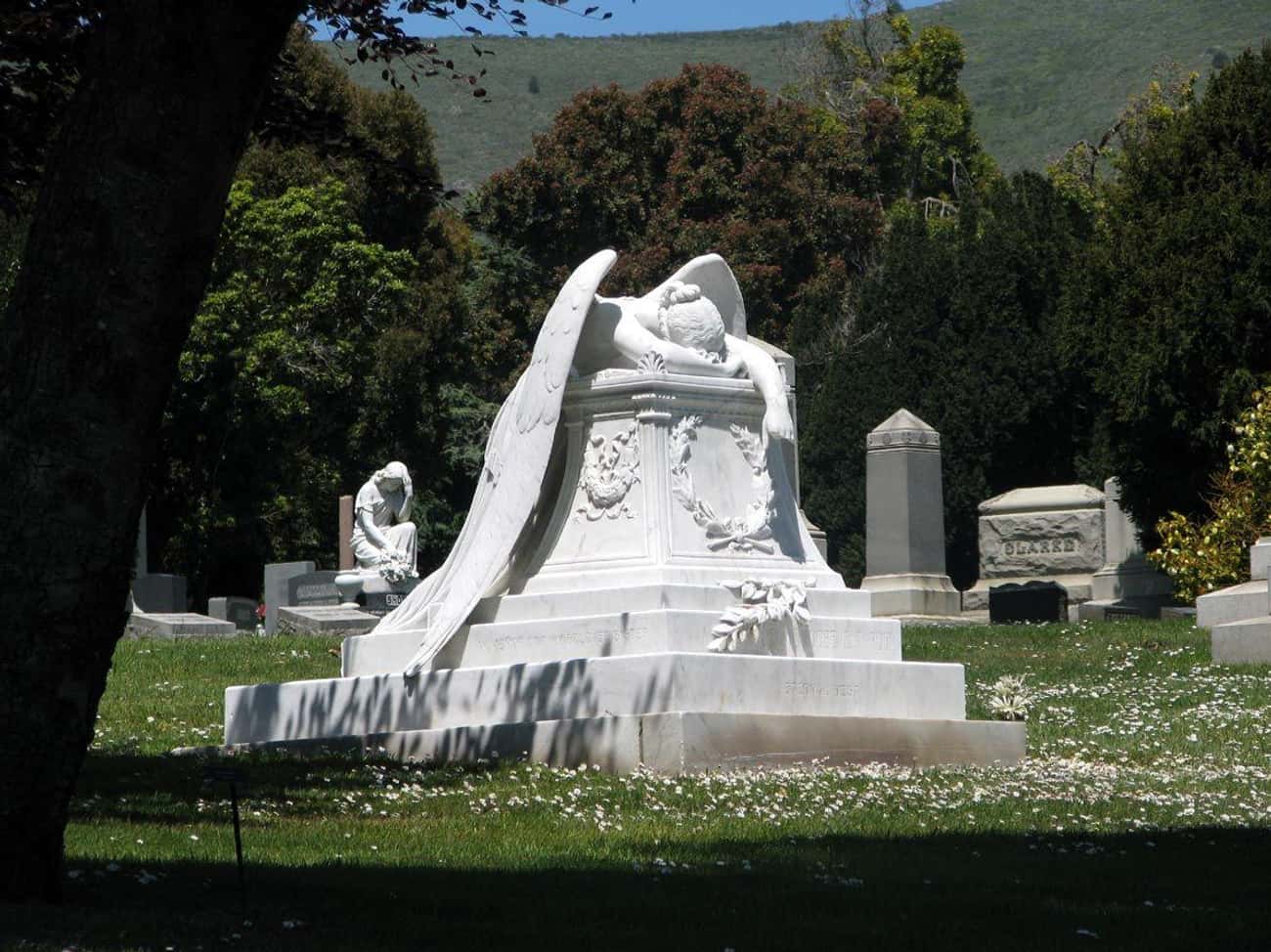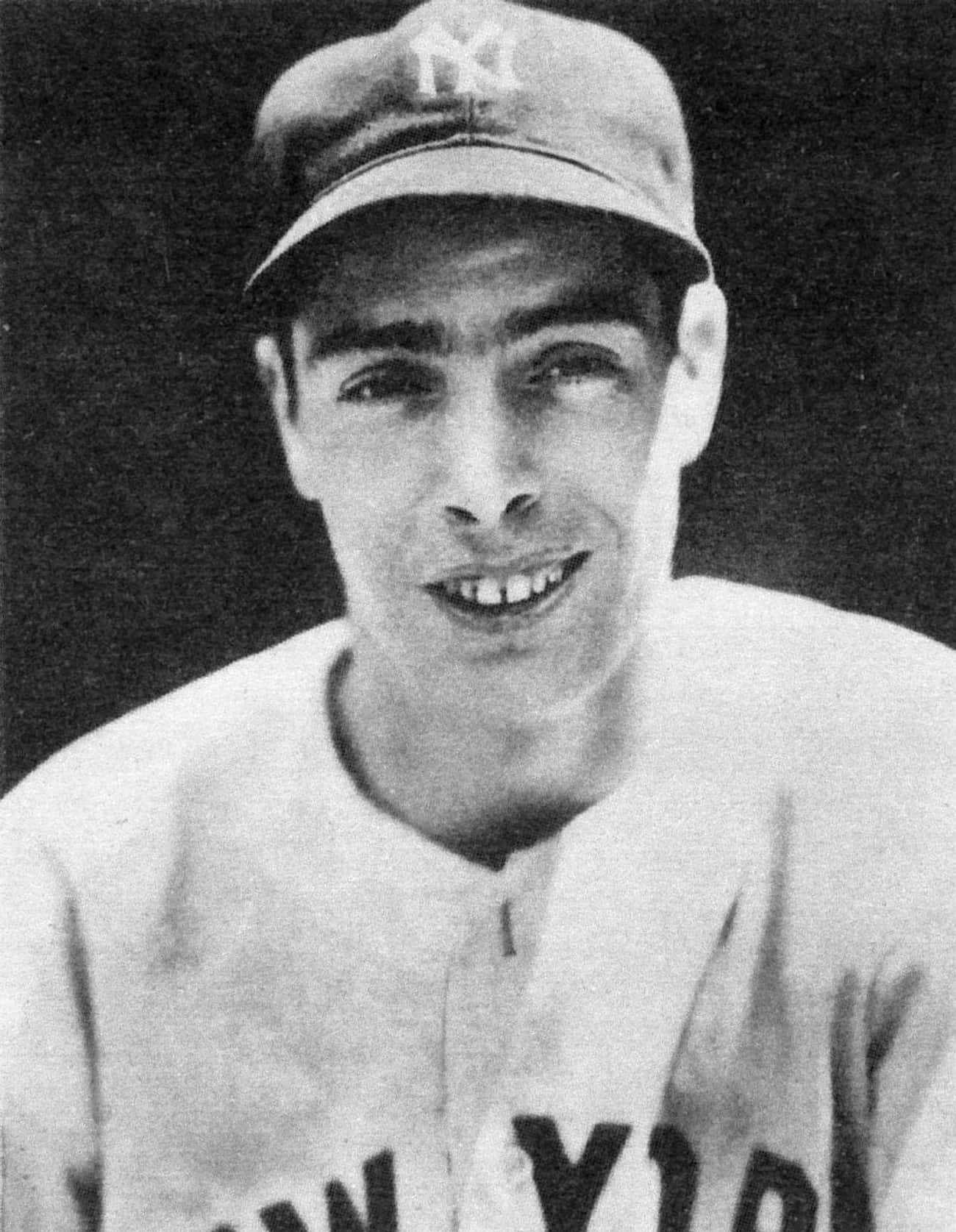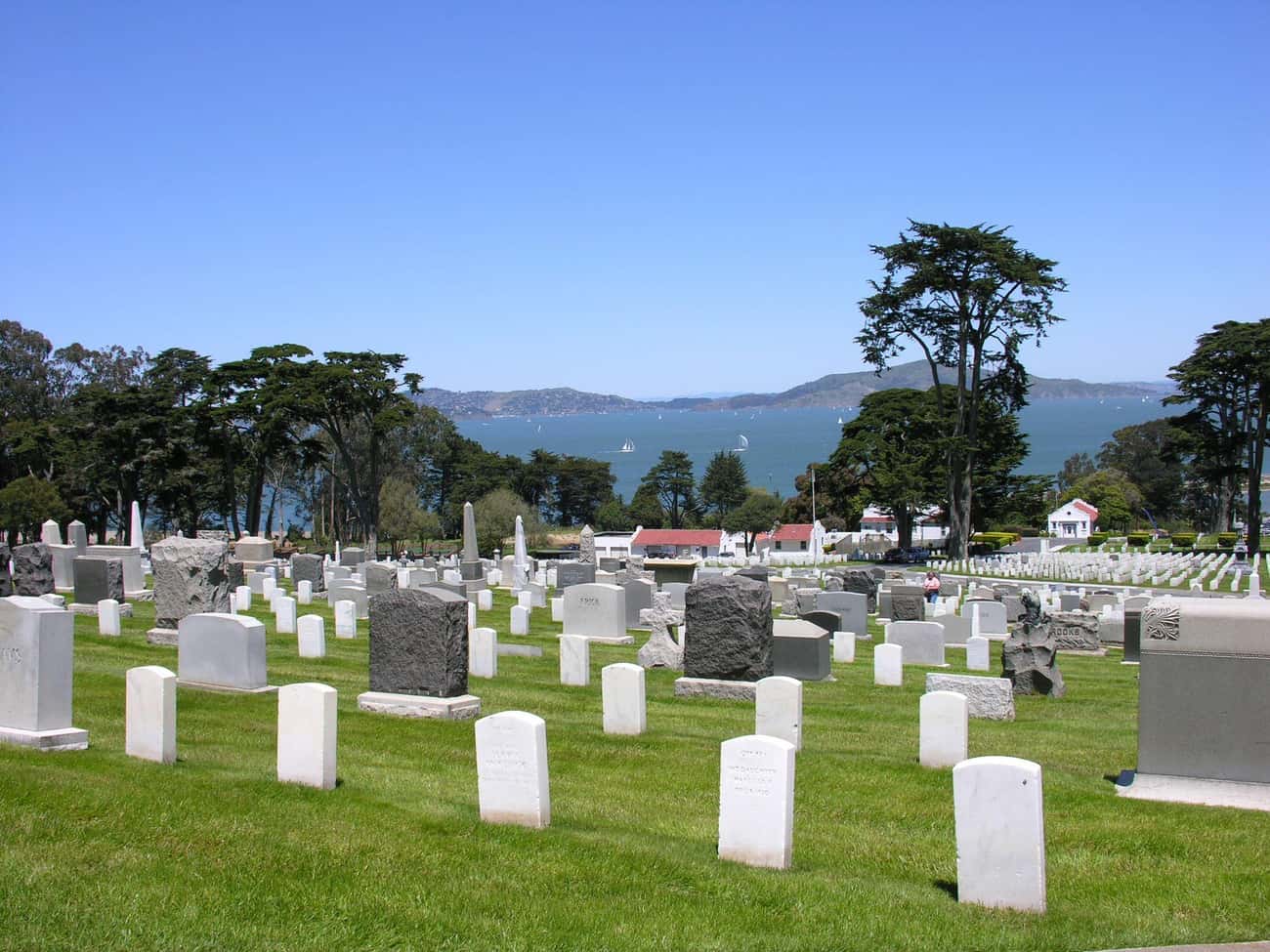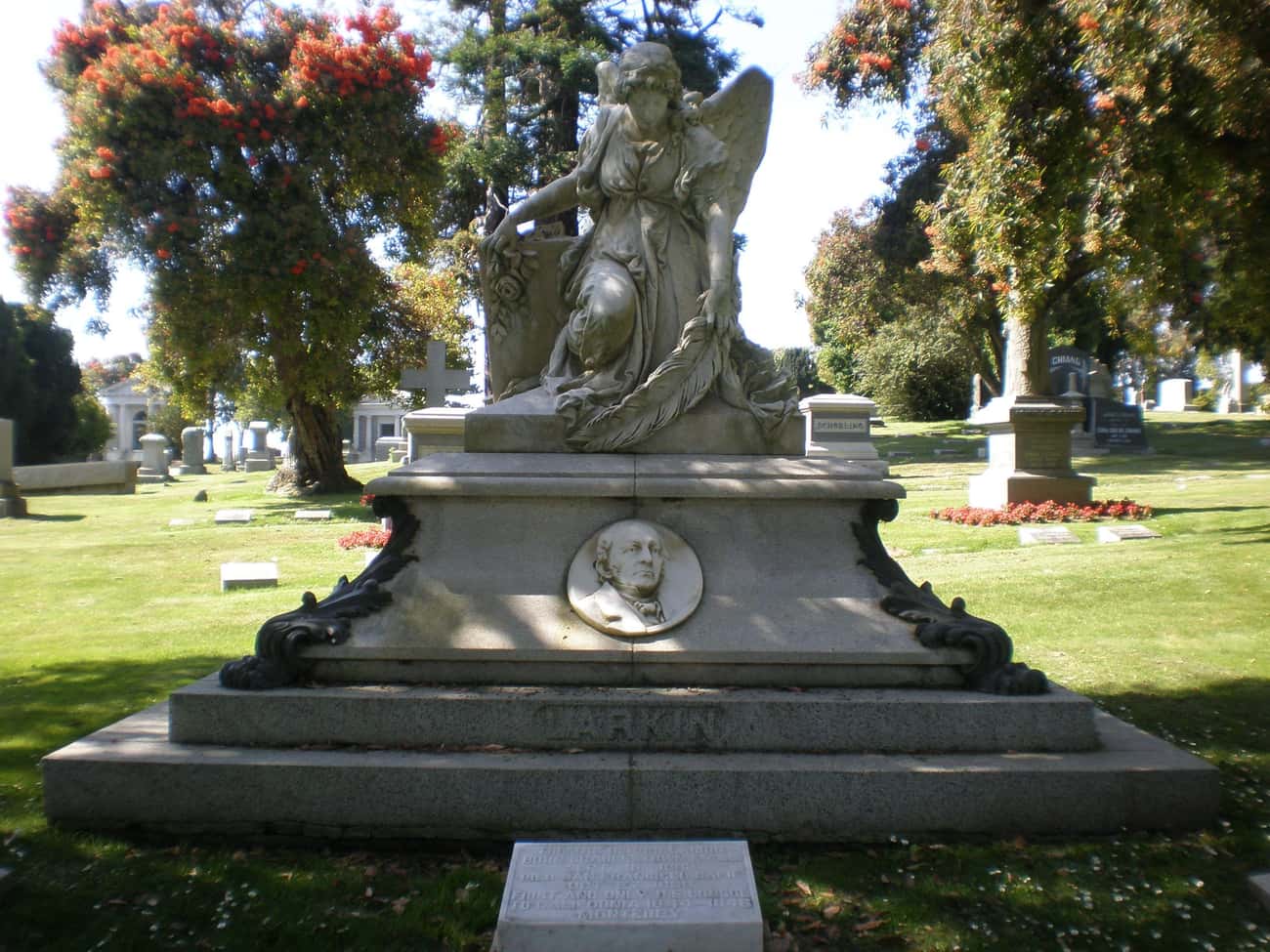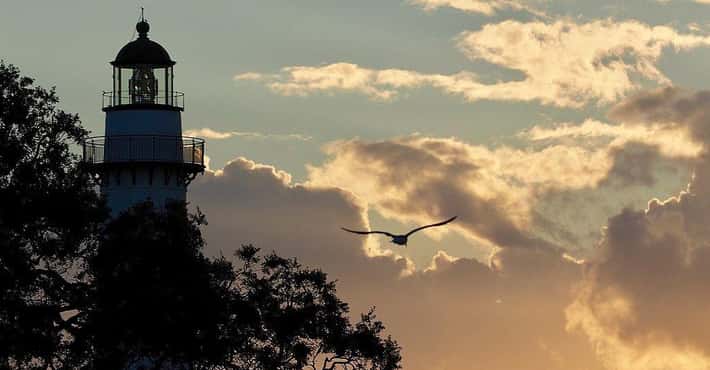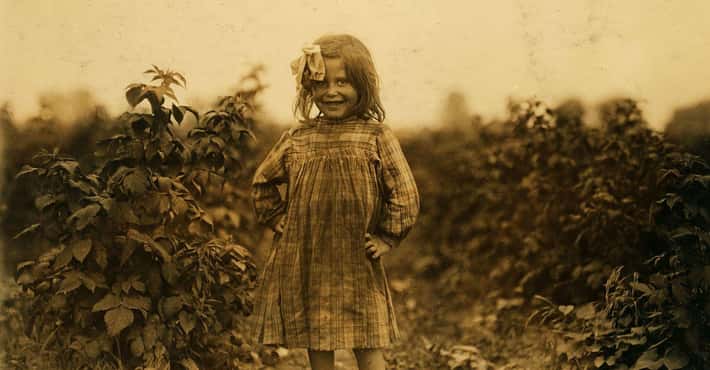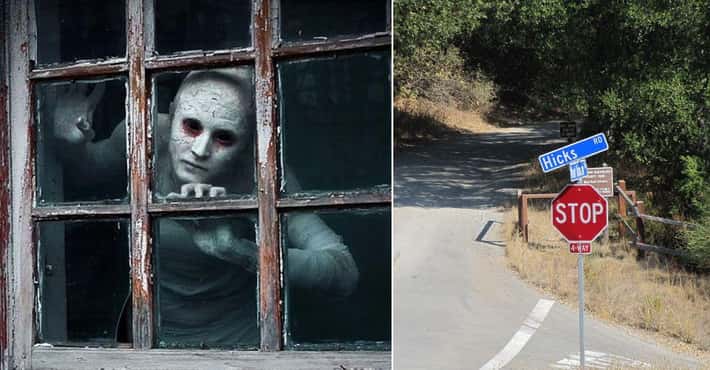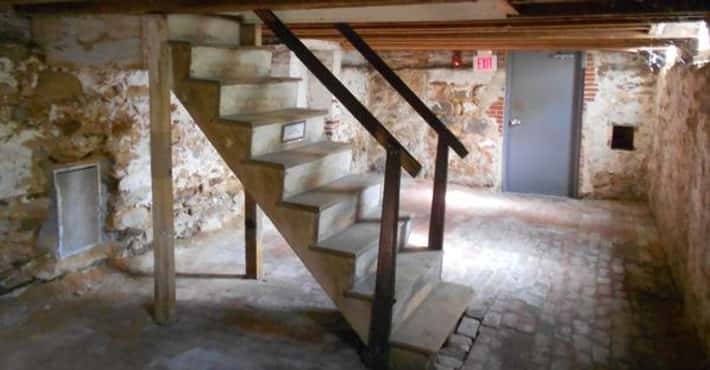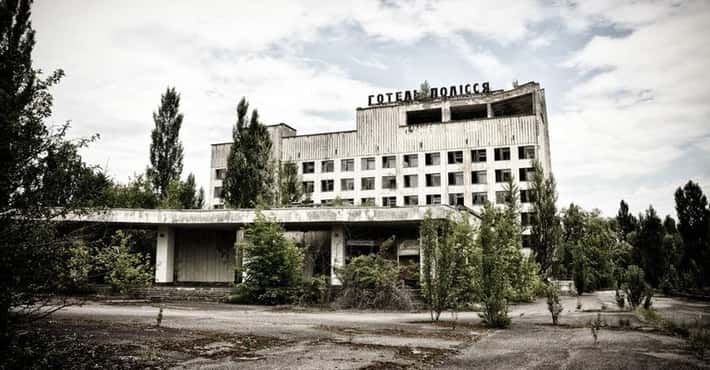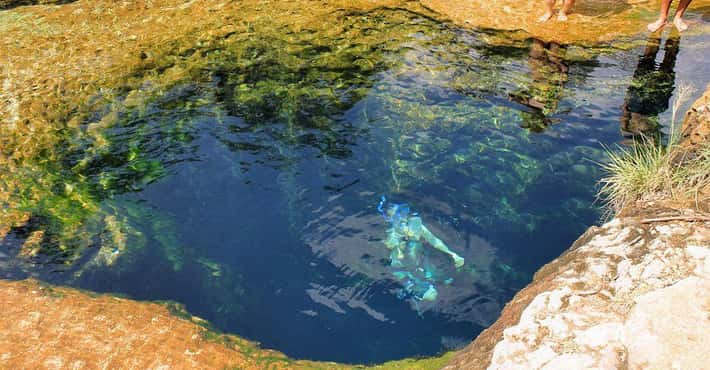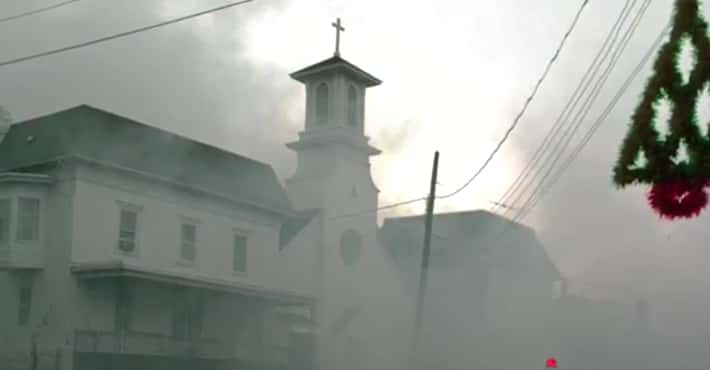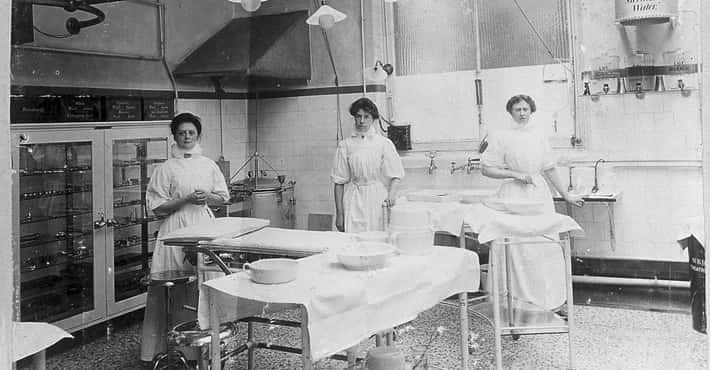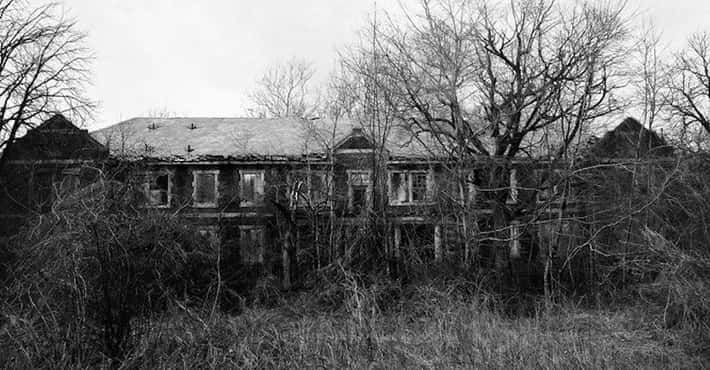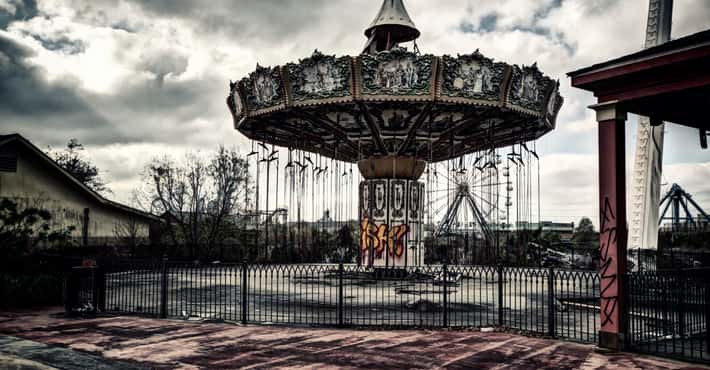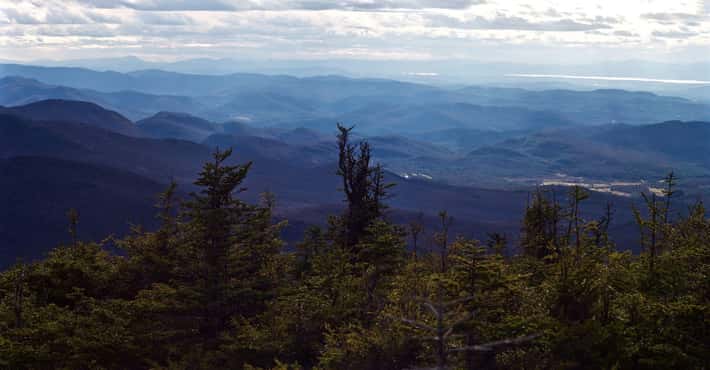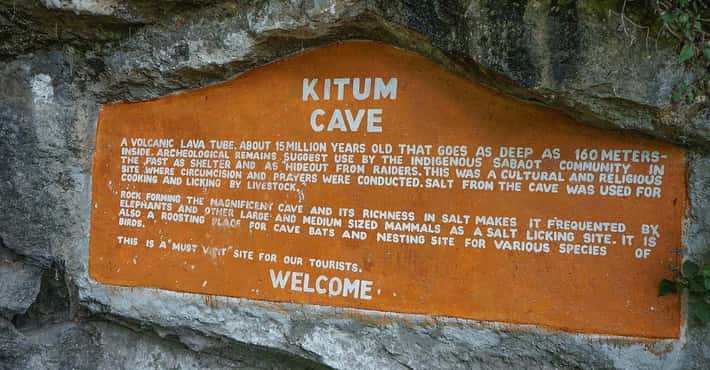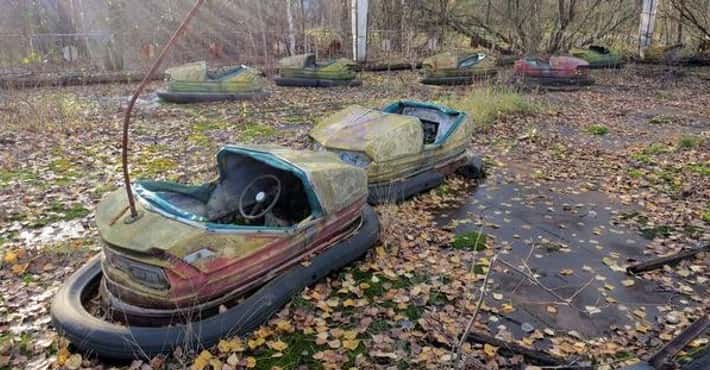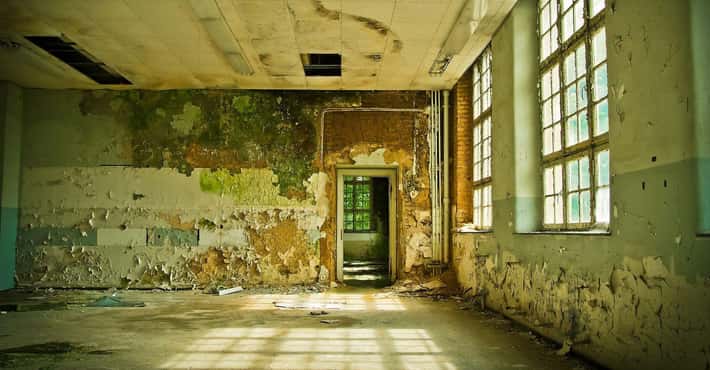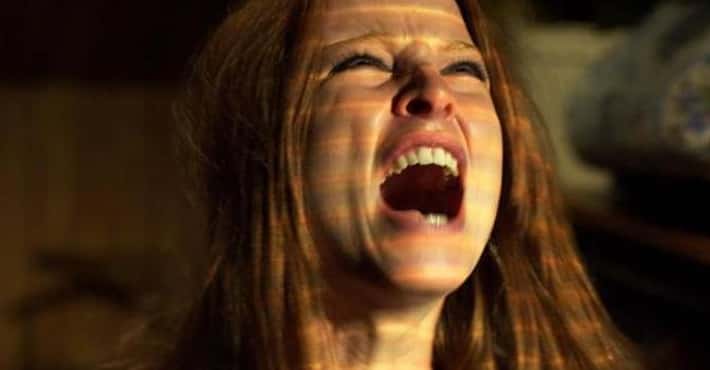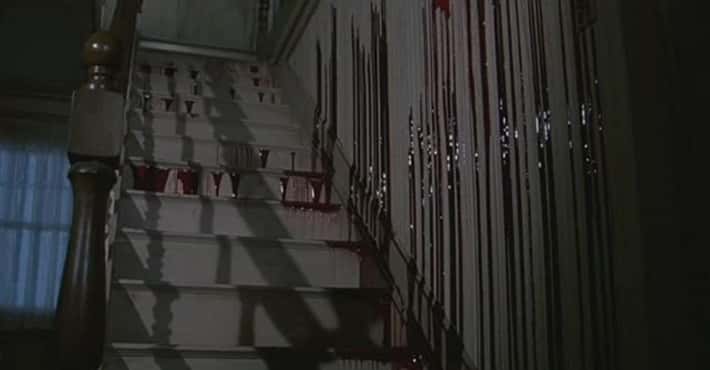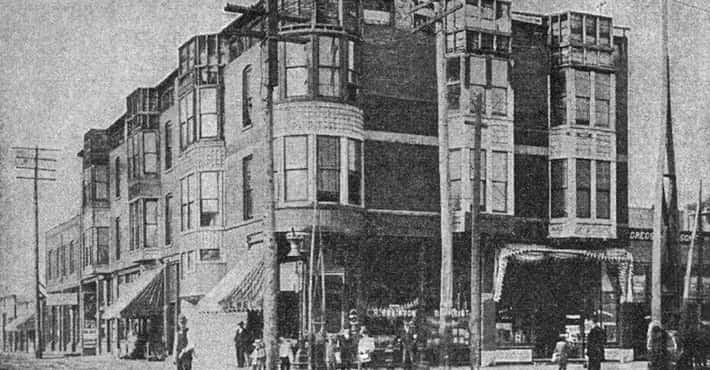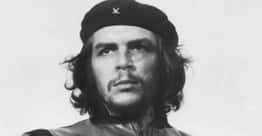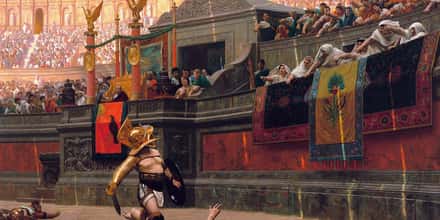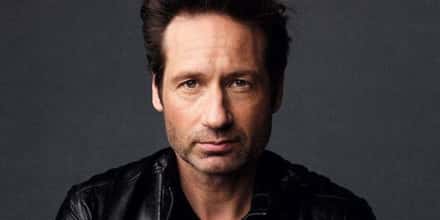10 Facts About Colma, California, AKA 'The City Of The Dead'
There Are 17 Cemeteries In Colma
Photo: Zedla / Wikimedia / CC by SA 2.5Most American suburbs are best known for their outlet malls, Walmarts, and multiple Denny's locations, but Colma is famous for something far different: the city has 17 cemeteries. In the 1920s, San Francisco's retired residents were moved there as the city continued to grow into the sprawling metropolis it is today.
The City Has 1,000 Times More Dead Than Living Residents
Photo: Zedla / Wikimedia / CC by SA 2.5While most US suburbs are made up of well-organized subdivisions and manicured lawns mandated by city ordinances and the social pressure of keeping up with the Joneses, Colma abides by a different kind of city planning. The city of 1,600 is home to over 1.5 million graves. Since the initial relocation of 150,000 graves beginning in the early 1900s, the town's graveyards have grown at a pace far exceeding that of its living population.
There Are Tens Of Thousands Of People Buried In Mass Graves
Photo: Michael Fraley / Flickr.com / CC by 2.0Several of Colma's graveyards are home to mass graves that contain tens of thousands of people who were relocated from their San Francisco-resting places. Though the city would ultimately pay to have anyone buried in its cemeteries moved to Colma, unless families paid $10 to have their loved ones moved, their bodies would end up being reburied in mass graves. The Holy Cross Cemetery has a marker that says 39, 307 Catholics are buried there, while a marker at the Cypress Lawn graveyard memorializes over 30,000 bodies in a mass grave there.
Public Health Concerns Led To Mass Reinterments
Photo: cbcastro / flickr / CC-BY-NC 2.0San Francisco was a growing and booming metropolis at the turn of the 20th century. Unfortunately, it was also a tinderbox of wood structures tightly packed together just waiting for a disaster to hit. Then when the massive 1906 earthquake rocked the city, its cemeteries quickly filled up and the concentration of dead bodies in San Francisco cemeteries led to public health concerns. The solution was to move the dead from their San Francisco resting places in the city to Colma. As a result, the largest relocation of graves in history took place nearly 20 years after the earthquake.
Moving The Bodies To Colma Was A Challenge
In order to transport the bodies efficiently, the city decided that they should be moved to Colma the same day that they were exhumed. Some of the dead were even moved in the same caskets they were buried in, but if the caskets hadn't weathered the elements very well then the remains would be put into boxes. Catholic priests were present at every exhumation at Calvary Cemetery, but 55,000 Catholic bodies ended up in a mass grave site in Colma. While San Francisco paid for the bodies to be moved, tombstones were left behind if no loved ones came forward to pay the cost of moving them.
Many Gravestones Were Left Behind In San Francisco
Photo: Foter.com / CC by SA 2.0In 1900, every body was removed from San Francisco and cemeteries were banned, but that doesn't mean that their grave markers always went with them. Unless loved ones paid the city to bring along the gravestones, people would instead be reinterred in mass graves. Some abandoned gravestones were reused to create gutters in the city or to reinforce sea barriers to keep the San Francisco Bay at bay.
Some Bodies Were Accidentally Left Behind And Discovered During Construction Projects
Photo: Brocken Inaglory / Wikimedia / CC by SA 3.0Over 155,000 bodies ended up being moved from San Francisco to Colma, but some of them didn't make the trip. Construction crews can't manage to dig a hole on the University of San Francisco's campus without stumbling upon human remains. Perhaps more unsettling were the discoveries made at the Legion of Honor when crews laid plumbing pipes and disturbed grave sites in the 1920s. Workers sometimes even threw bones into the ocean when they were in the path of their work.
Famous Neuroscience Patient Phineas Gage Is Buried There
Photo: J.B.S. Jackson, MD / WIkimedia / Public DomainIn 1848, a railroad worker named Phineas Gage was packing some black powder into a hole with a metal rod. Suddenly, the reactive powder blew up, sending the metal rod through the left side of Gage's face and out of the back of his head, miraculously not killing him. Gage quickly gained notoriety after doctors learned that his personality had changed as a result of his injury. He became the first patient to lead neurologists to identify the connection between brain injuries and changes in behavior and personality traits. Gage later died in 1860 due to seizures and was buried in one of Colma's cemeteries.
Cemetery Economics Resulted In San Francisco's Burial Grounds Falling Into Disrepair
Cemeteries rely on expanding and selling new burial plots in order to stay solvent. So, when the city banned the creation of new grave sites in 1900, funeral grounds could no longer rely on this income to pay for their upkeep. This led to macabre scenes in cemeteries as looters stole skeletons and hedonists held orgies, as there was no money to pay security guards to keep them out. There were even accounts of soccer games being played with human skulls. A public outcry about the state of the city's cemeteries led to the graveyards being moved to Colma.
Colma's Cemeteries Have Some Famous Tombstones
Photo: Unknown / unattributed / Public DomainIncluded among the dead and buried in Colma are some of the most famous figures from the turn of the 20th century. Famous Wild-West sheriff Wyatt Earp and pants-pioneer Levi Strauss are both buried there, joined by the newspaper giant William Randolph Hearst. Railroad owner Charles Crocker can also be found under a gravestone in the city.
The Emperor Of The United States And Protector of Mexico Is Buried There
In the 1850s, a land speculator named Joshua Norton lost all his wealth when land prices crashed. Possibly in a fit of insanity, he declared himself to be Norton I, Emperor of the United States and Protector of Mexico. Norton wrote decrees that were published in newspapers and was even outfitted with a uniform by the US Army. He became a local icon and was given free tickets to the opening nights of films and could be seen frequenting popular San Francisco night spots. When he died in 1880, he was buried in San Francisco but ended up being moved along with tens of thousands of others to Colma where his grave stone reading "Norton I, Emperor of the United States and Protector of Mexico" can still be found today.
Land Value Issues Led To Colma Becoming San Francisco's Cemetery City
Photo: Seattleretro / Wikimedia / CC by 3.0Originally the dead were buried on the western side of San Francisco, as the first residents of the city assumed that nobody would ever want to live there. But as the city attracted more citizens, the land became higher in demand. Cemetery locations made it difficult to navigate the city for street cars and eventually the value of the property they sat on led to solution of banning future cemeteries and relocating the existing grave sites.
You Could Start A Ghoulish Baseball Team With The Players Buried There
Photo: Play Ball Cards / Wikimedia / Public DomainSan Francisco has a rich baseball history from the Seals to the Giants. Not all of these players represented their city on the field, but they are buried in Colma. From Joe DiMaggio to George Kelly, Dolph Camilli, Bill Lange, Frankie "The Crow" Crosetti, Hank Sauer, and Lefty O'Doul, Colma is the final resting place of MVPs and role players alike.
There Are Only Four Cemeteries Remaining In San Francisco
Photo: Frank Schulenburg / Wikimedia / CC by SA 3.0The "City by the Bay" didn't move every dead body outside of its borders. There are still four places of rest in San Francisco. There's the San Francisco Columbarium, a beautiful cemetery filled with late-Victorian grave markers; a veterans's cemetery in Presidio; and another in Mission Dolores. The fourth is strange in it's own right and is where the city's pets are laid to rest. It lays near a former military base and may have started as a burial ground for calvary horses or guard dogs. Now, every type of pet from lizards and hamsters to dogs and cats can be found there.
The City's Fame Led To An Interesting Slogan
Photo: BrokenSphere / Wikimedia / CC by SA 3.0The morbid notoriety of having 1,000 times more dead residents than living ones has inspired Colma to invent a creative slogan. The city council officially gave the town the slogan of "it's great to be alive in Colma." Citizens have also adopted nicknames about its strange fame like "City of Souls" and "City of the Silent."


